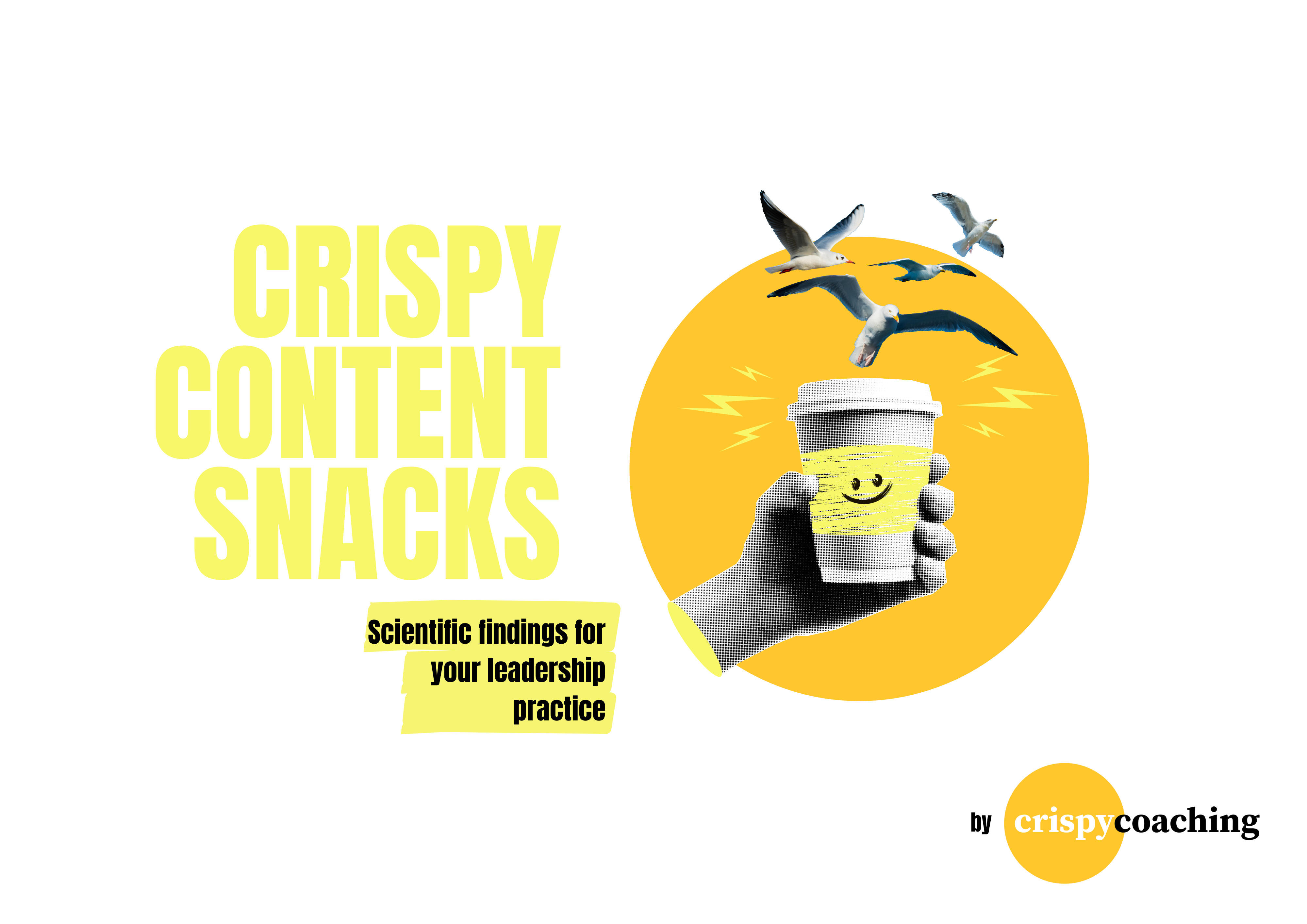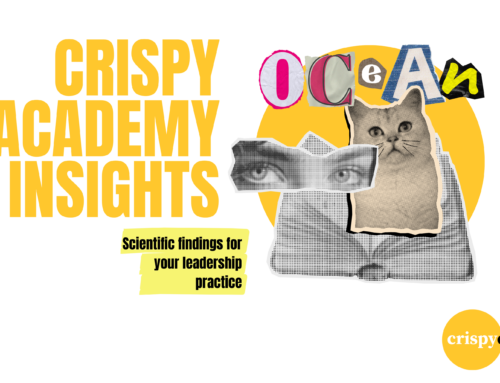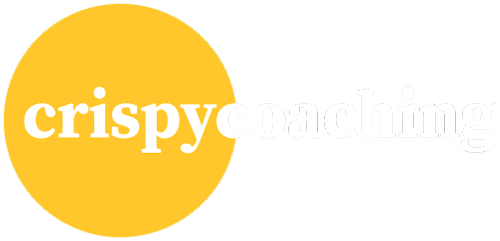Positive Leadership: Social romanticism or science-backed strategy?
Many of my clients approach me asking: Which leadership approach is the “correct” one? What can I “use” in a New Work environment and with international teams and in digital organizations or when all of these factors are combined?
My usual answer is: You need to start with yourself.
Tools and checklists are nice to have, but they won’t make you a great leader. What truly makes a difference is your mindset. With Positive Leadership, you can work on a leadership attitude that will support you—no matter the context: #VUCA, #agile, #newwork, #findyourwhy ;)
What is Positive Leadership?
“Positive Leadership? What is this now? What does it mean in practice and how does it actually work?”
Let’s start with a quote:
“If a leader focuses on the weaknesses of their people instead of their strengths, they should not be a leader.”
— Peter Drucker, pioneer of modern management theory.
Sounds a bit idealistic? In fact, the surprising thing: it’s backed by science.
From Positive Psychology to Positive Leadership
The roots of Positive Leadership lie in Positive Psychology, founded by the renowned psychologist Martin Seligman. Seligman especially criticized the traditional focus on human suffering in psychology and instead called for research into:
-
Strengths
-
Well-being
-
Resilience
-
Flourishing
-
Above-average performance
Based on this movement, Seligman developed the PERMA model—a framework that defines the psychological conditions under which people thrive.
The PERMA Model: 5 Keys to Thriving Teams
The PERMA acronym stands for:

-
(P) Positive Emotions – Leaders create emotional safety and openness
-
(E) Engagement – People are supported in finding flow and intrinsic motivation
-
(R) Relationships – Sustainable, trusting relationships are cultivated
-
(M) Meaning – Leaders help connect individual tasks with a bigger purpose
-
(A) Accomplishment – Progress and achievement are made visible and celebrated
To sum it up, research shows that when leaders embrace the PERMA elements, teams, as a result, experience:Lower stress and absenteeism, Higher engagement and performance and Increased resilience and job satisfaction.
(Source: Ebner, 2019; Seligman, 2012)
How we use Positive Leadership at CrispyCoaching
At crispycoaching, we view Positive Leadership as a solid foundation—but not a one-size-fits-all solution. That’s why in our trainings, we always work with a mix of relevant theories and practical tools. We combine research-based approaches with the realities of agile leadership, cultural diversity, and complex organizational life.
That’s why in our trainings we never only focus on one concept but combine the findings from different theories.
Learn more: Positive Leadership for New Work Leaders
Are you a leader navigating complexity, hybrid teams, or fast-paced transformation? Our Leadership Trainings are designed for you. Above We’ll work on:
-
Establishing your personal leadership mindset
-
Applying Positive Leadership principles in real scenarios
-
Creating trust and meaning in your teams—even across distance
References
-
Seligman, M. E. (2012). Flourish: A visionary new understanding of happiness and well-being. Simon and Schuster.
-
Ebner, M. (2019). Positive Leadership. Leading successfully with PERMA-Lead: The five keys to high performance. Facultas Publishers.
-
Ebner, M. (2019). Positive Leadership – social romanticism or sound leadership style? wissen.blitz (196). Read more





